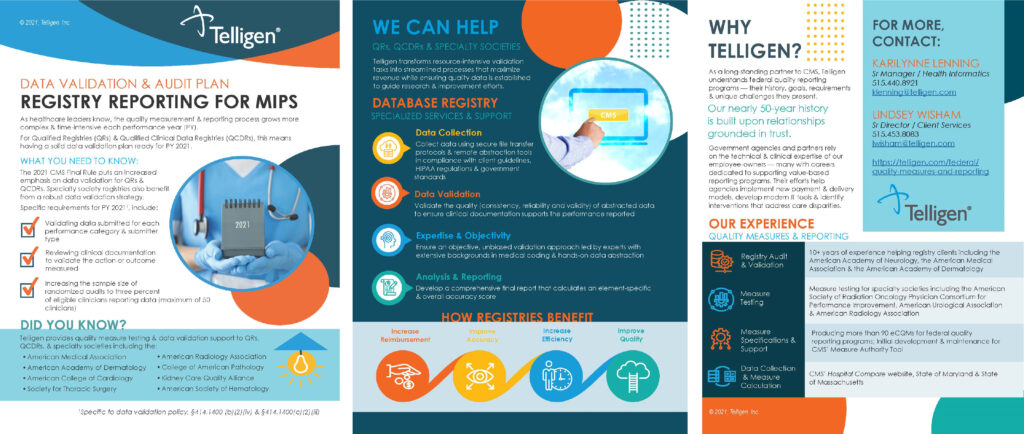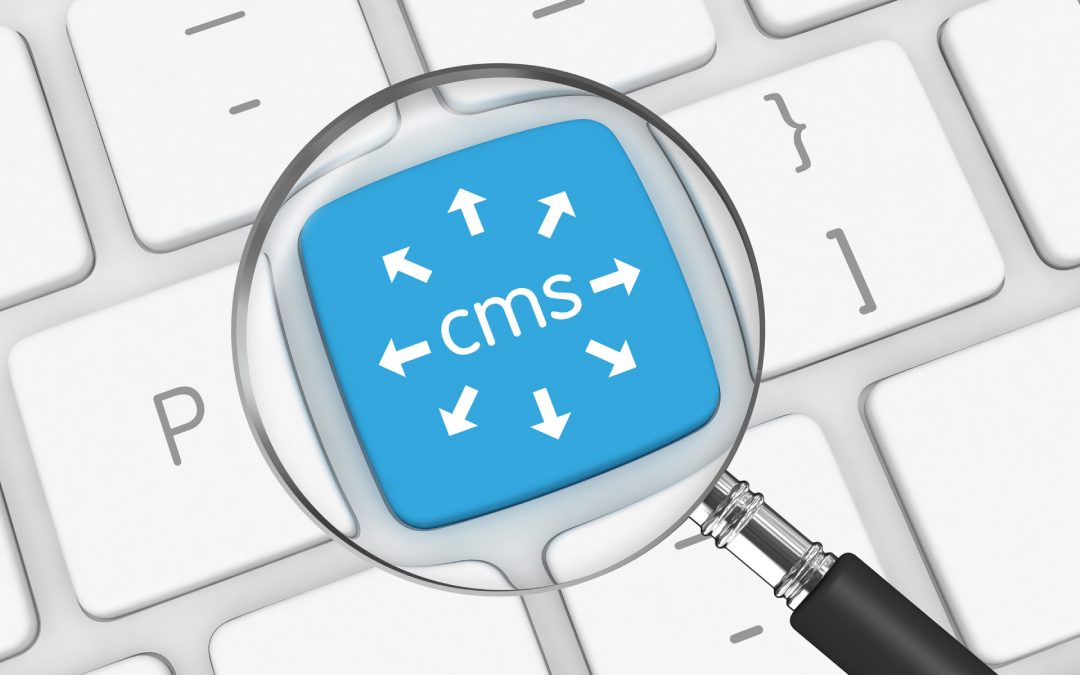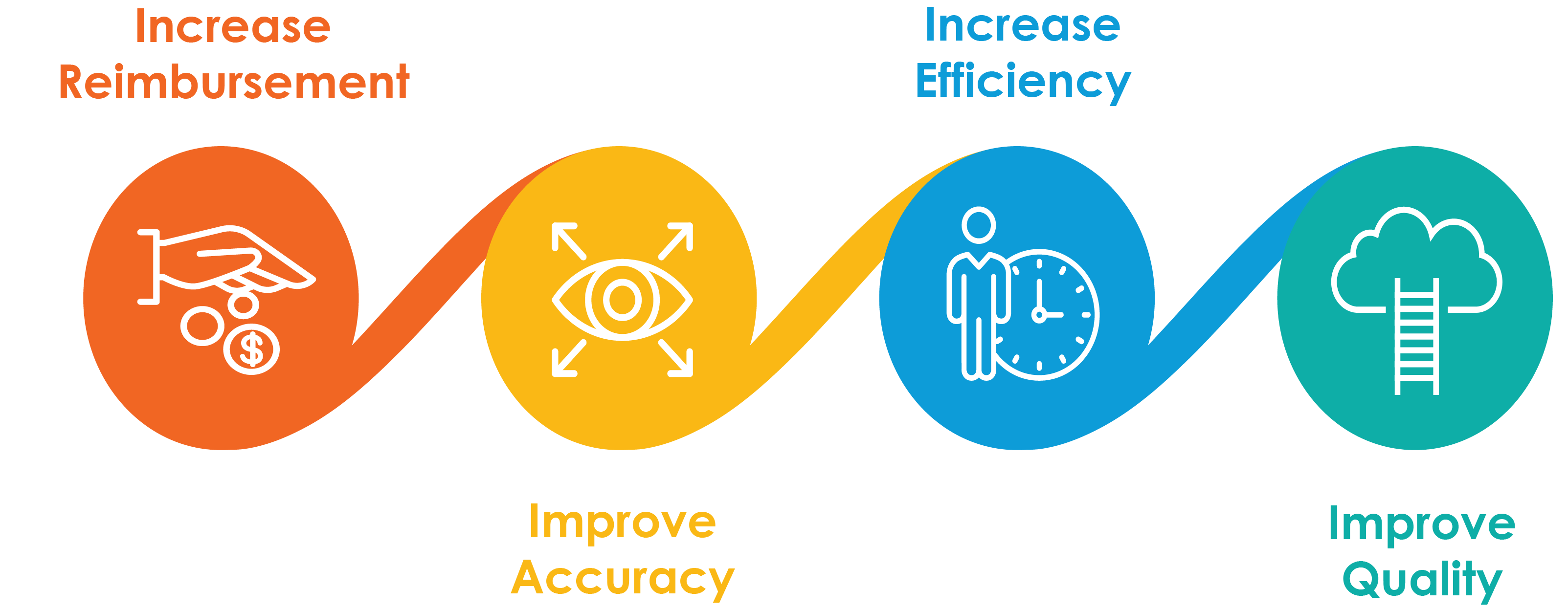Registry Audit & Data Validation Plan
For many clinicians and practices, reporting quality and performance data for the Merit-based Incentive Payment System (MIPS) means participating in a clinical data registry. These clinical data registries include qualified registries (QRs) and qualified clinical data registries (QCDRs), both used to collect data and report performance data to CMS on behalf of eligible clinicians (ECs) and group practices.
DID YOU KNOW?
Registries are currently a major vehicle for quality reporting, with 57 QCDRs approved for use in 2021(1)
What should registries know about reporting PY 2021 MIPS data?
As MIPS ECs know, the quality measurement and reporting process grows more complex and time-intensive each performance year. For QRs and QCDRs, this means having a solid data validation plan ready.
The latest CMS Final Rule puts an increased emphasis on data validation for QDCRs and qualified registries. QCDRs/QRs reporting MIPS data in 2021 (for payment in 2023) must conduct data validation audits, with specific requirements, on an annual basis (2).
What can registries do to prepare for an audit?
It is often not a matter of if but when CMS will randomly select a registry for data validation audit. Registries that collect data for research and improvement purposes outside of MIPS also benefit from a robust audit and validation plan.
How does Telligen support registries?
Download the brochure to learn more about our registry solutions.

Registries can prepare by putting proactive procedures in place for collecting, reporting, and storing the supporting data so that the information will be ready when the time comes. Consider consulting with an experienced clinical auditor who is up-to-speed on the latest CMS data collection and reporting requirements. An experienced clinical auditor can also help ensure data is collected accurately and submitted by established deadlines.
What is the difference between data abstraction and data validation?
Data abstraction is the process of securely collecting healthcare data from different sources, including medical records (paper and electronic), patient surveys, and administrative claims. Medical records are considered the gold standard and primary collection source used for clinical research, performance measurement, disease surveillance, and quality improvement initiatives.
Data validation, on the other hand, is the process of reviewing the abstracted medical record to ensure its content supports the performance or outcome being reported. An experienced clinical data abstractor can help ensure that data is collected accurately, submitted by the established deadlines, and meet all the required reporting rules and specifications.
Why are medical records considered the gold standard?
Other sources of healthcare data, which may summarize some of the information found in the medical record, are not considered valid or objective sources for quality reporting purposes. Data sources outside the medical record may serve other primary purposes (like paying bills or managing care) and can be:
- Biased toward reimbursement
- Subject to human error (e.g., improper/incorrect coding)
- Incomplete from a clinical standpoint
How does Telligen support clinical data registries?
Telligen provides clinical and technical subject-matter expertise for clients developing, testing, and reporting clinical quality measures and data. We support registries by helping them acquire the needed information, validating data for each performance category and submitter type, and reconciling this information.
Audit & Data Validation Plan: How Registries Benefit
After developing a client-specific audit and validation plan, our skilled clinical and technical quality reporting experts will help registries:
- Establish a work plan with committed resources and schedule in place
- Securely abstract data from source documents and validate the performance reported
- Analyze and improve processes for data mapping, data submission, and calculating measures
- Ensure sound documentation practices to confirm reporting
- Identify and correct potential errors prior to submission
- Avoid compliance issues and penalties associated with inaccurate data
- Ensure quality data is used to guide research, reporting, and improvement projects


